The Gravitator
The Gravitator is a hanging installation consisting of flip-dot boards that simulate a rolling ball's movement on a flat horizontal surface.
Physical Prototyping
Flip-dots are electromechanical displays that can flip between two states, represented by the colors black and yellow. For the Gravitator, I used the bistable displays, which were still used a few years ago as panels on trains and buses, to simulate the movement of a rolling ball. All elements of the installation are built into a box, connected to each other, and attached to the ceiling with elastic ropes.
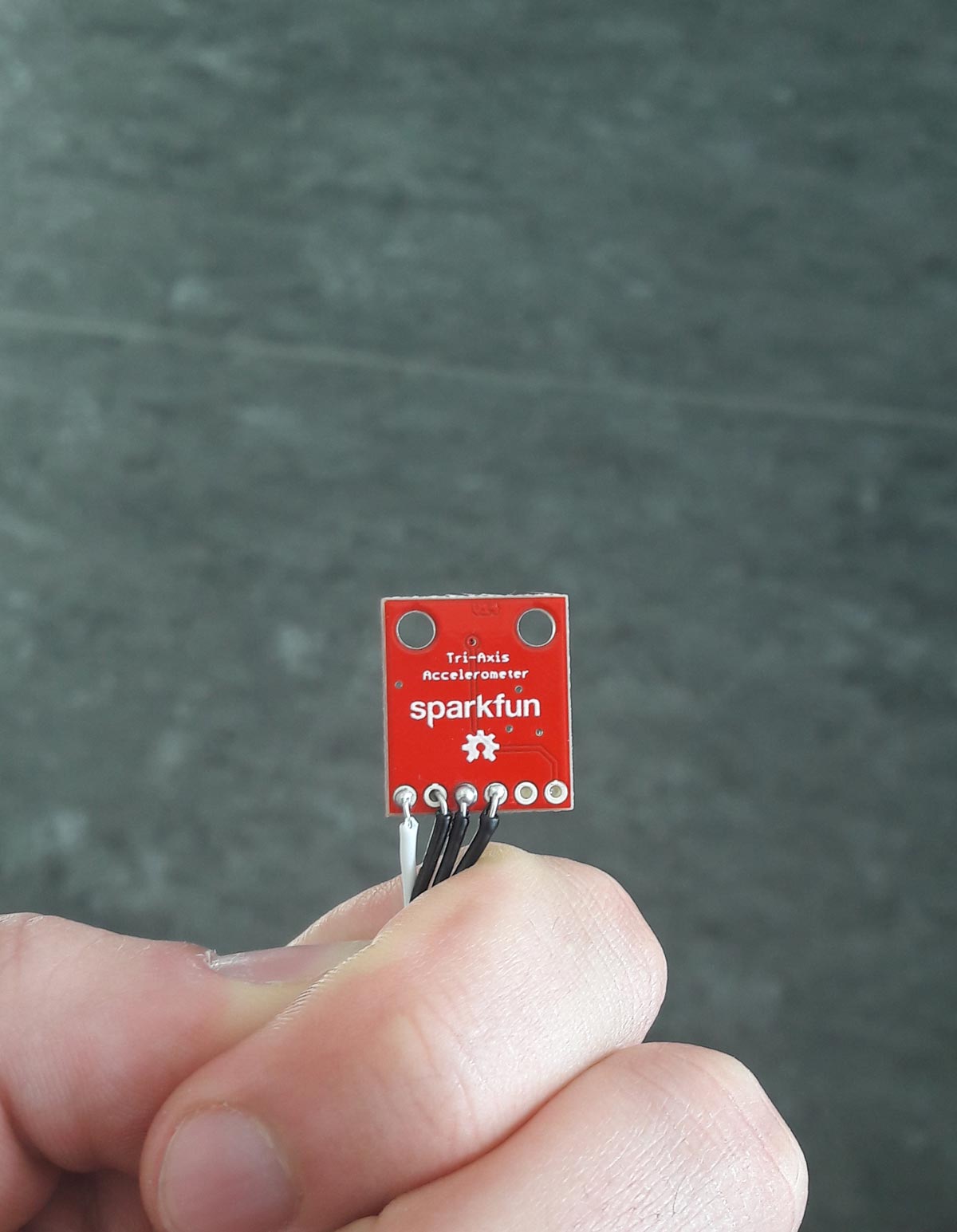
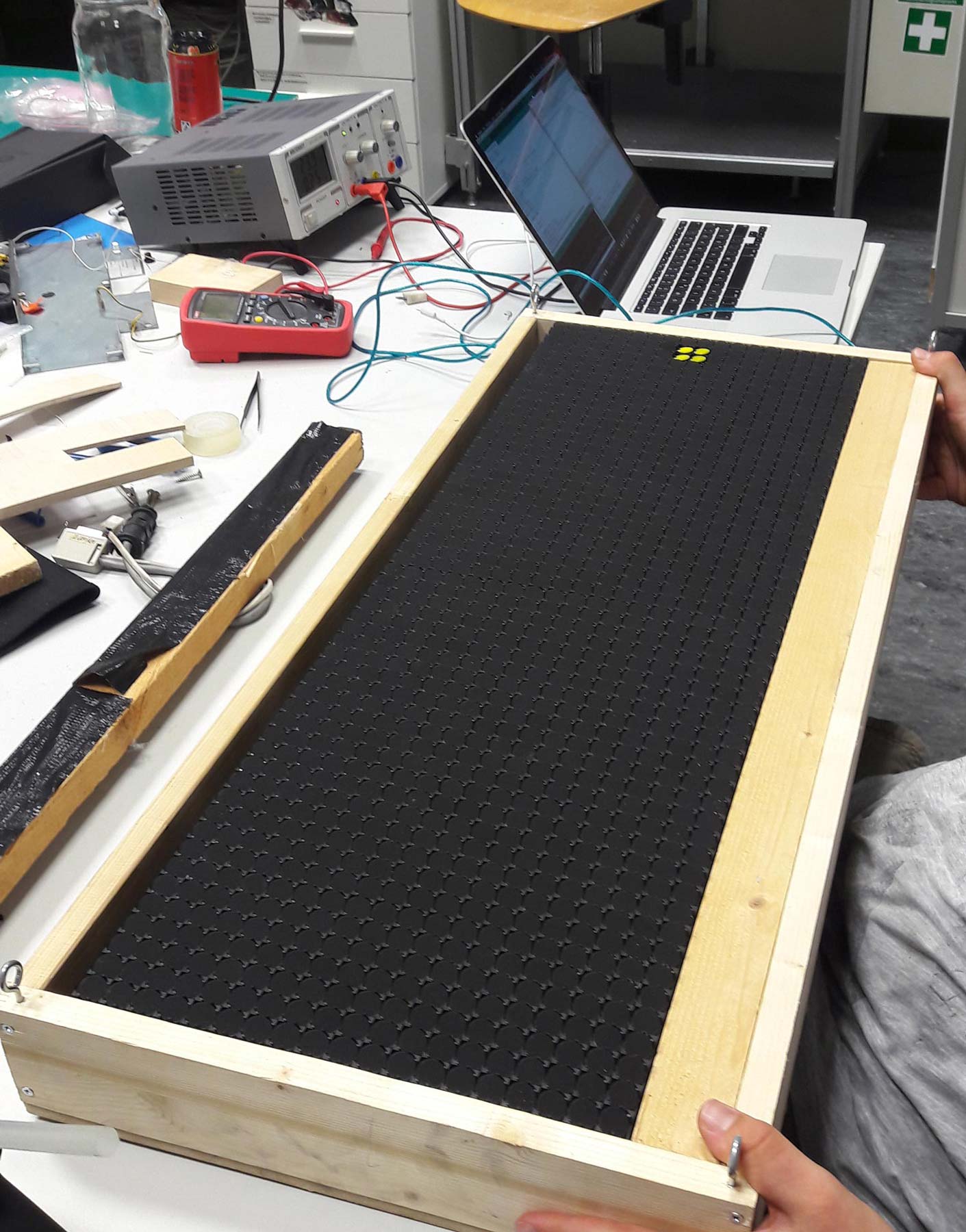
Coding with Arduino
The accelerometer measures the inclination of the box and sends the data to the Arduino. In a real-time calculation, the Arduino computes an acceleration based on gravitation and physics and transmits it to the flip-dots. Switching on and off the flip dots in a row creates the effect of movement.
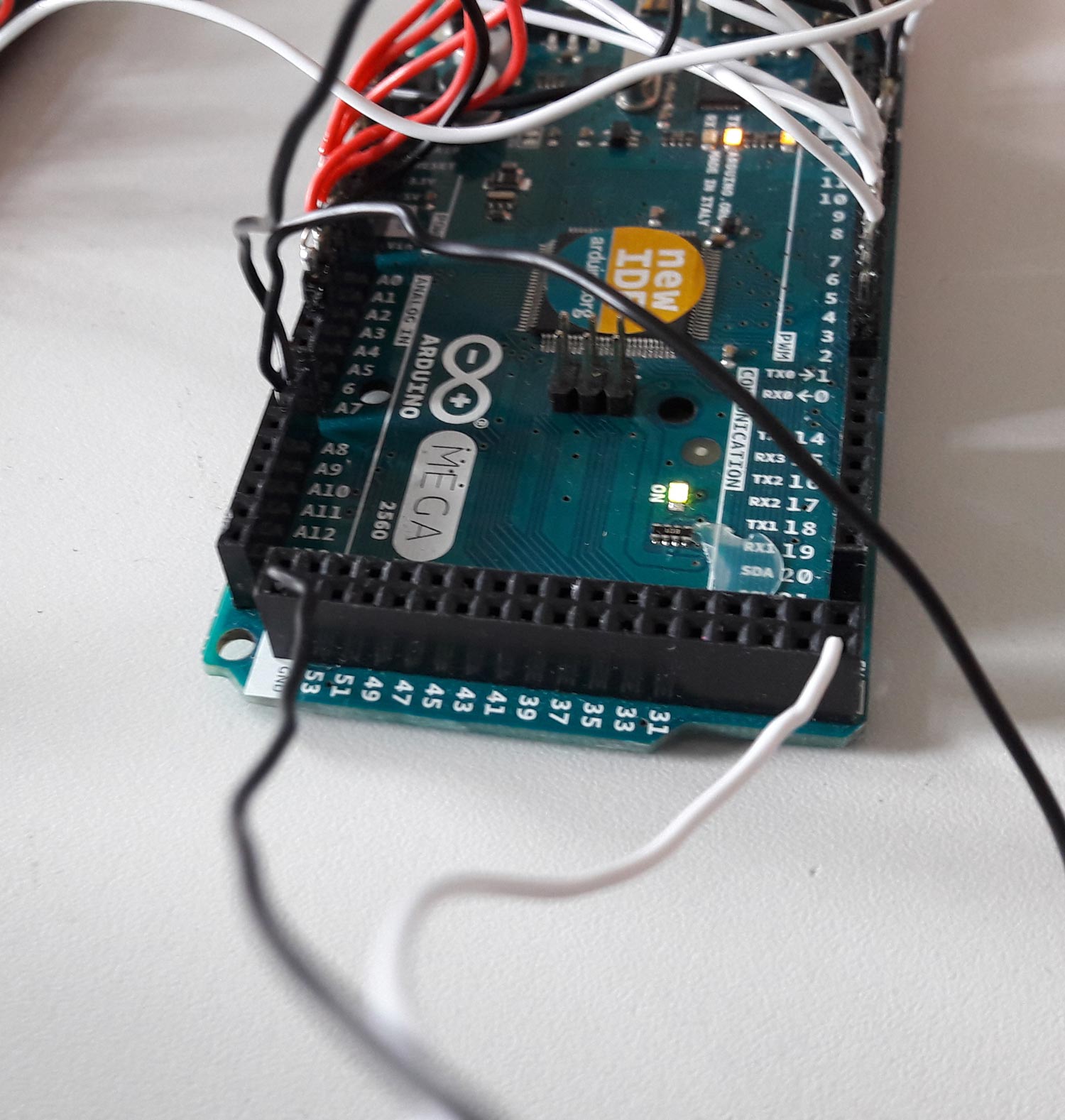
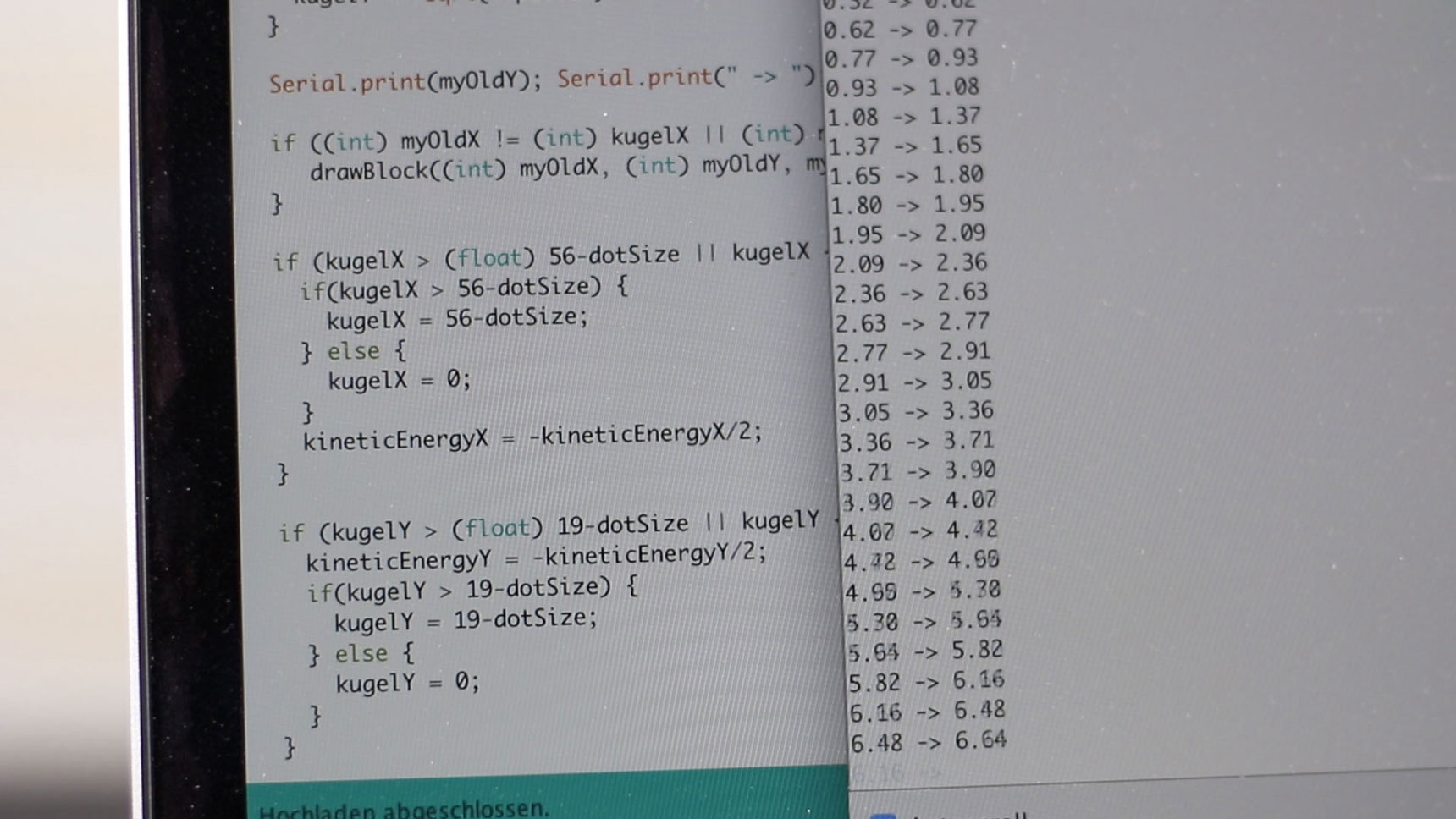
Features & Functions
The Gravitator has two rotary knobs on its side to change physical parameters. The first one determines the size of the ball, and the second one can influence the gravitation that acts on the ball. It is possible to change this parameter within a range of the earth's (9.8 m/s) and moon's gravity (1,6 m/s).
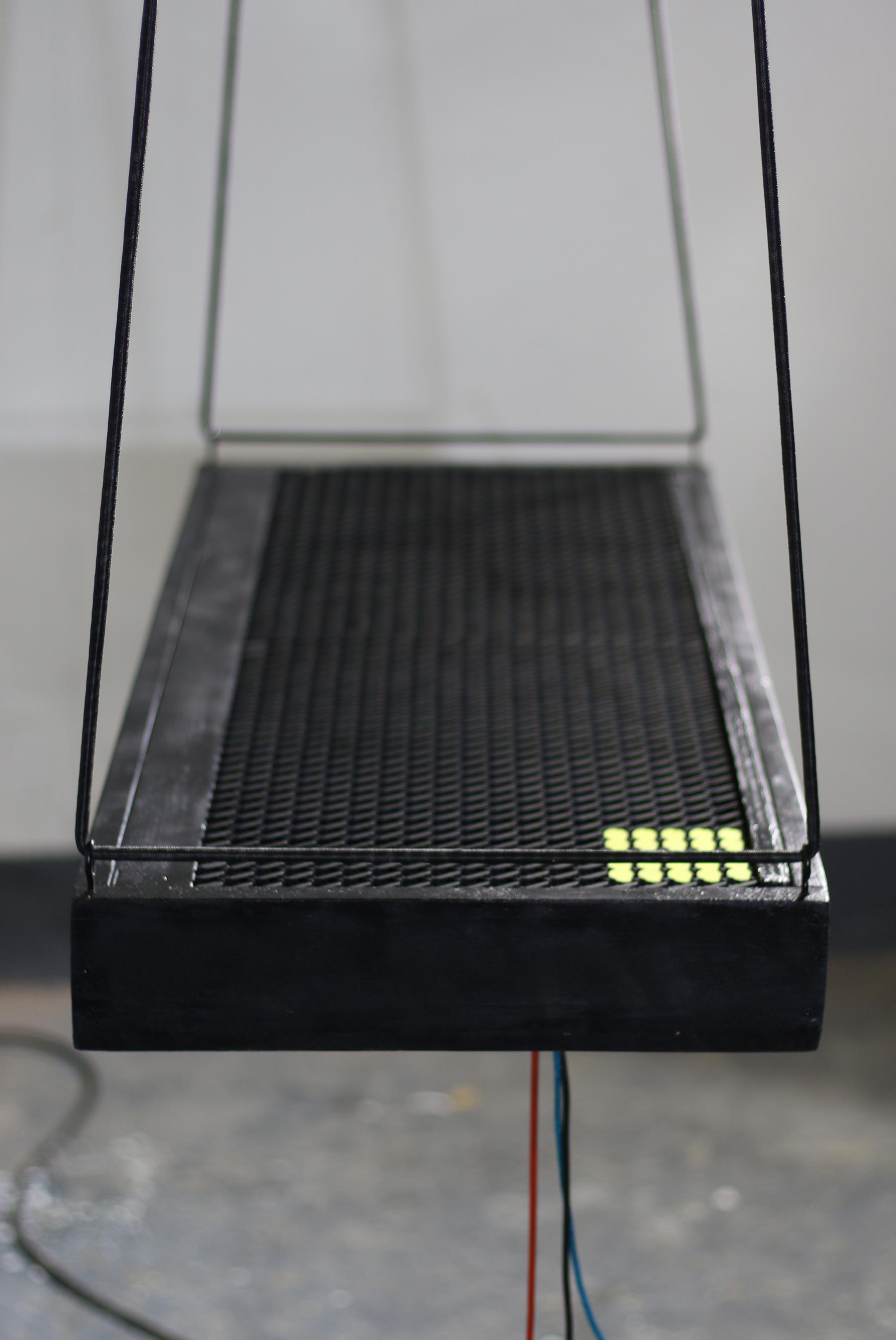
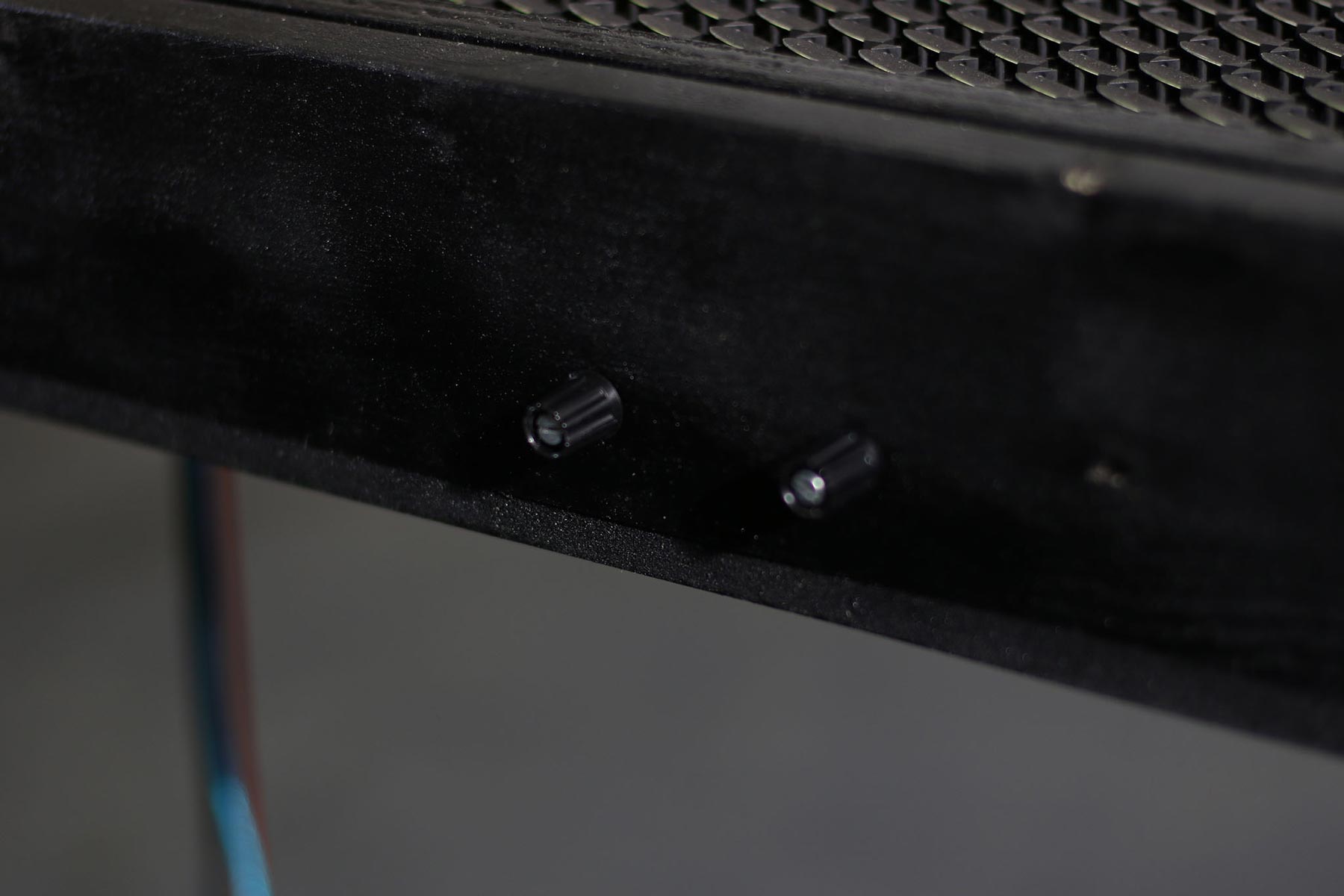
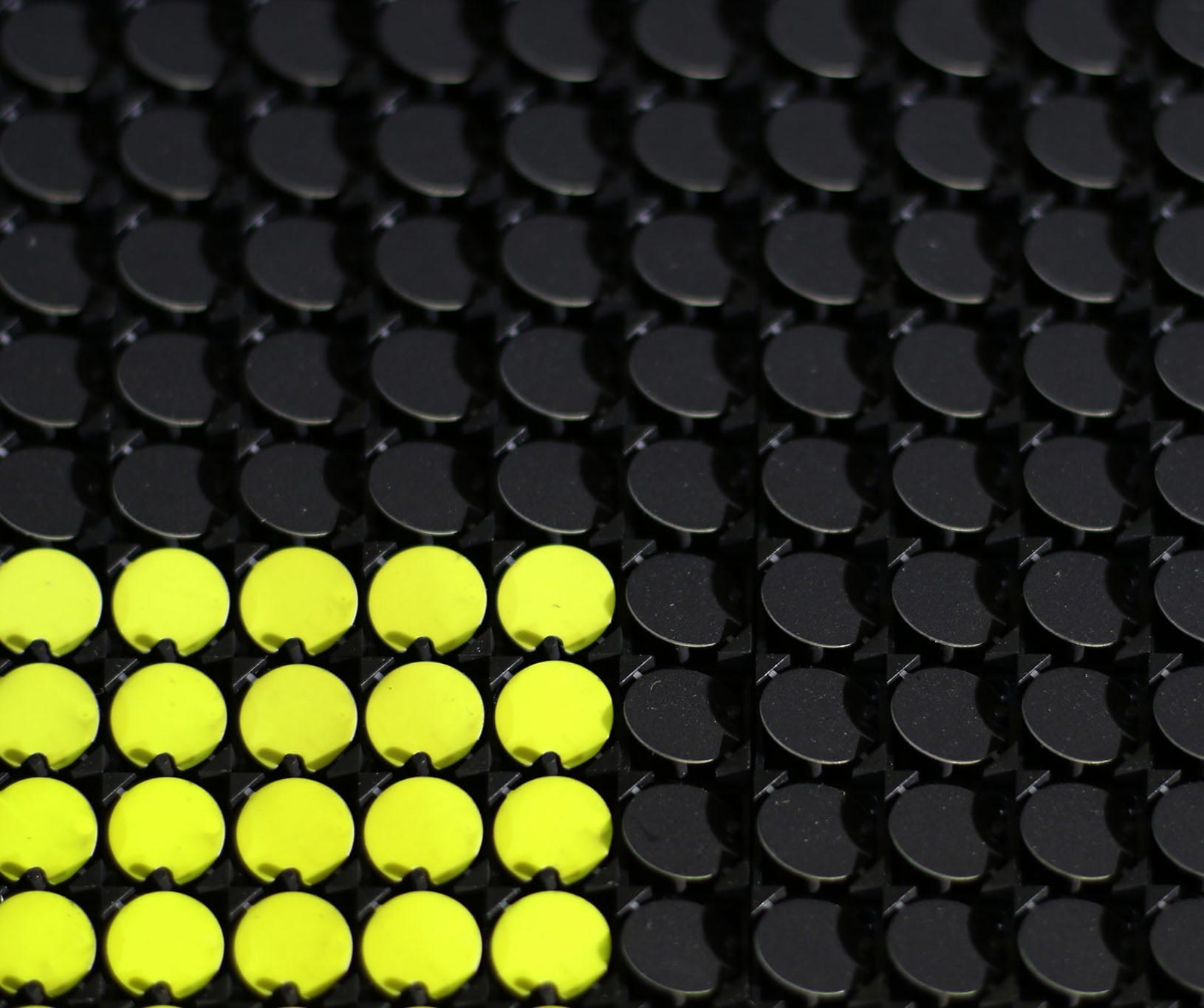
Experiencing the Gravitator
The human eye can follow the building process and movement of the flip-dots due to the limited performance of the flip-dot control unit. The volume increases, and the background noise gains a rhythmic undertone. The regularity of visual and auditory impressions evokes a feeling of focus, calmness, and eternity. It keeps the player under its spell due to the simple, yet unlimited, extensible interaction options. The Gravitator is more than an interactive installation. It is an instrument for playing audiovisual pieces. You determine the pace and the intensity of the constant, but versatile click sounds — a technically simple, yet fascinating experience.
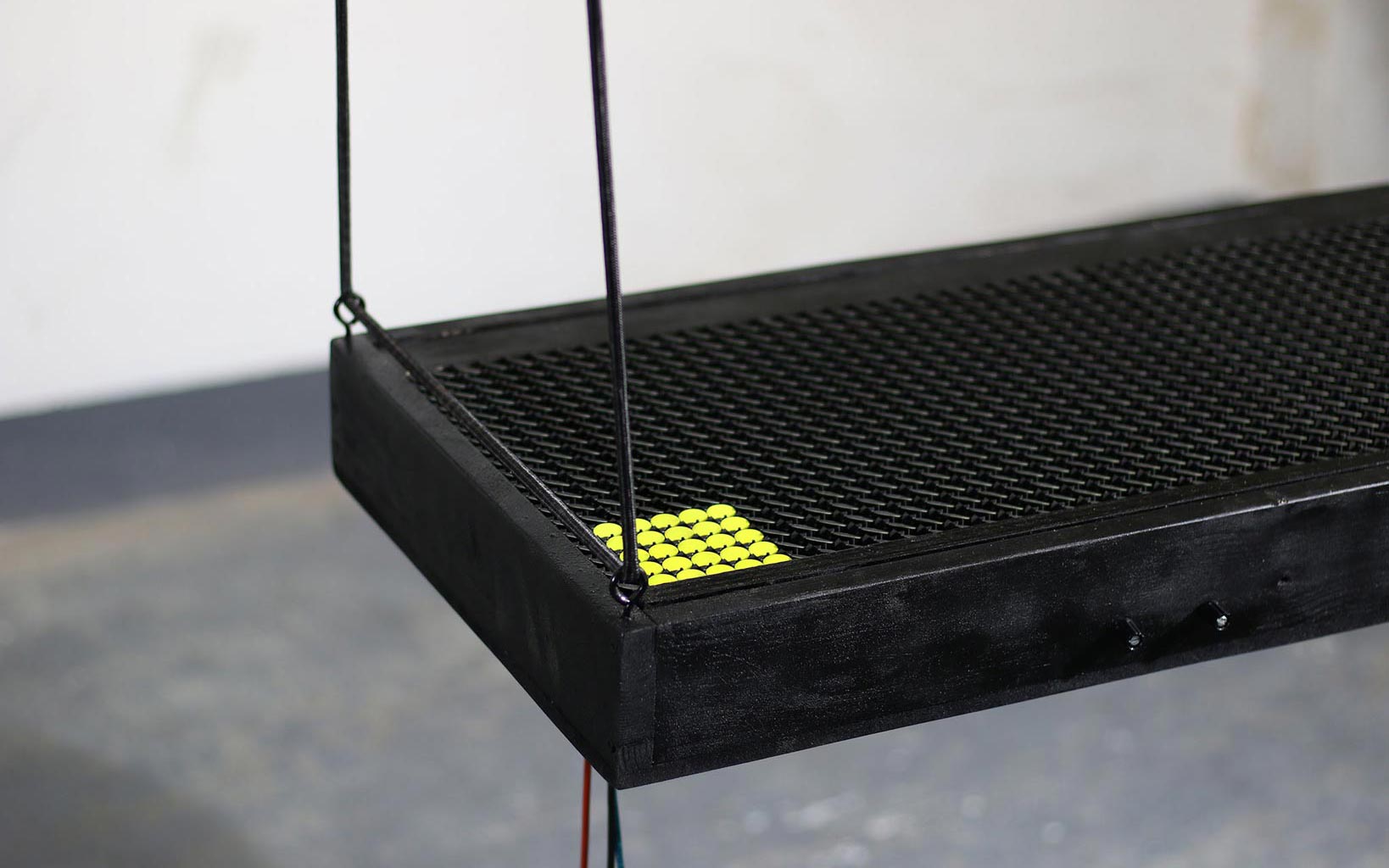
next project
role ⟶
physical prototyping
conception
info ⟶
06/2017
personal project
cooperation ⟶
Mike Hukiewitz
Stephan Ditgens
award ⟶
communication award for
technology and design